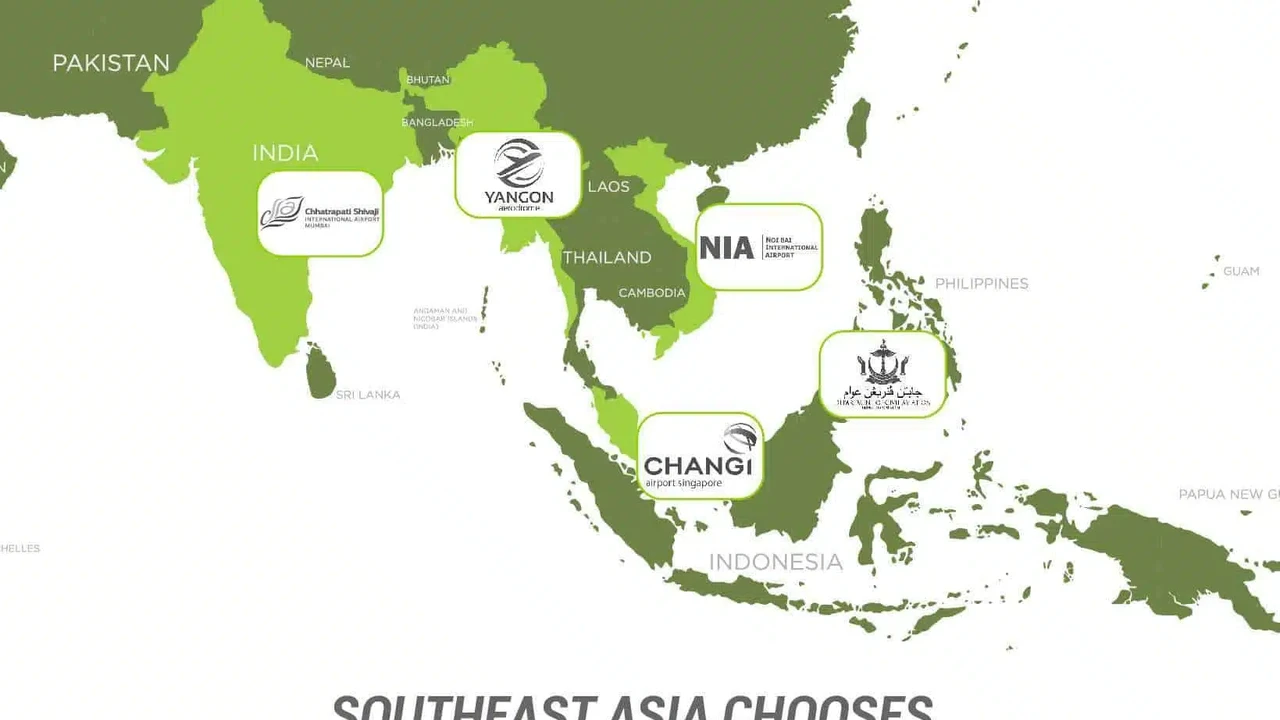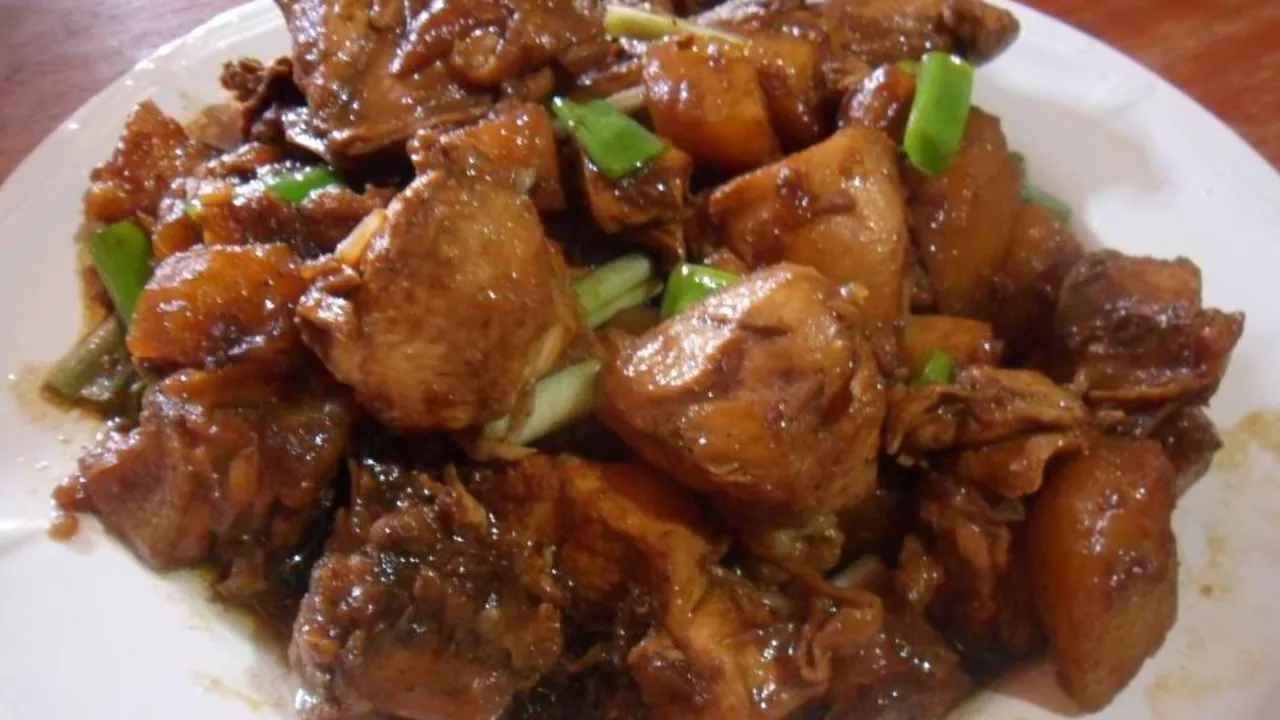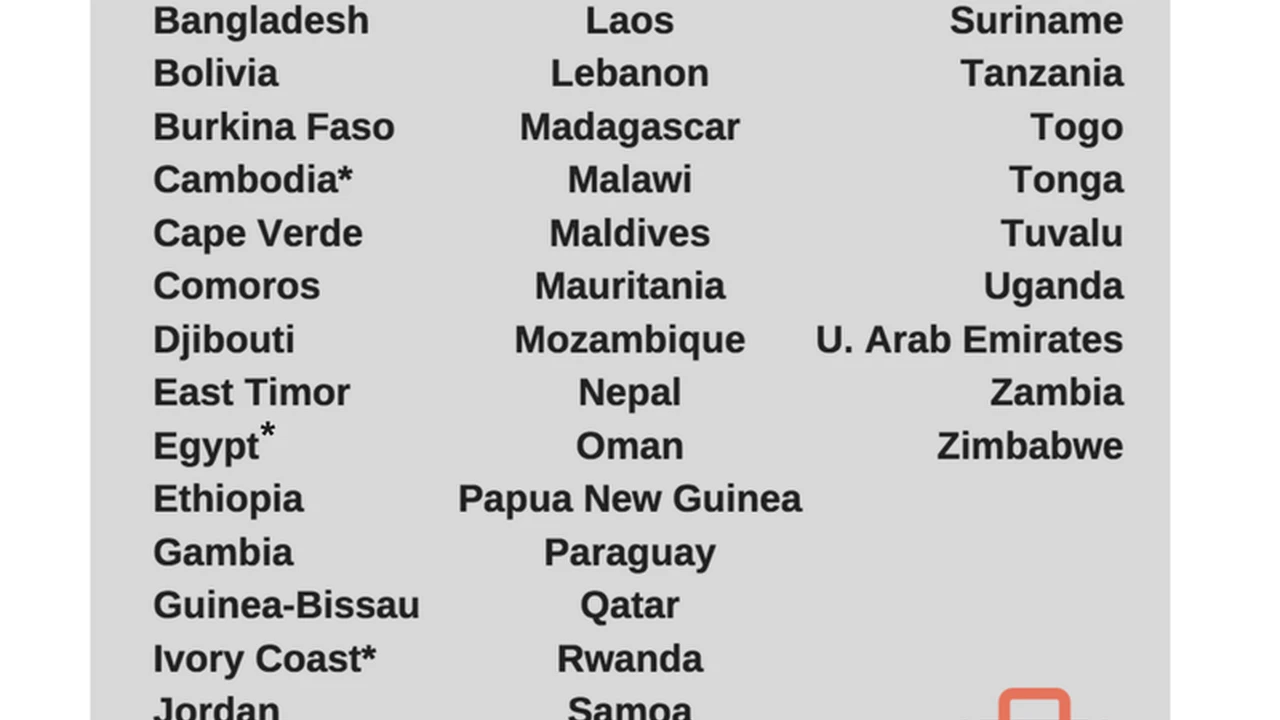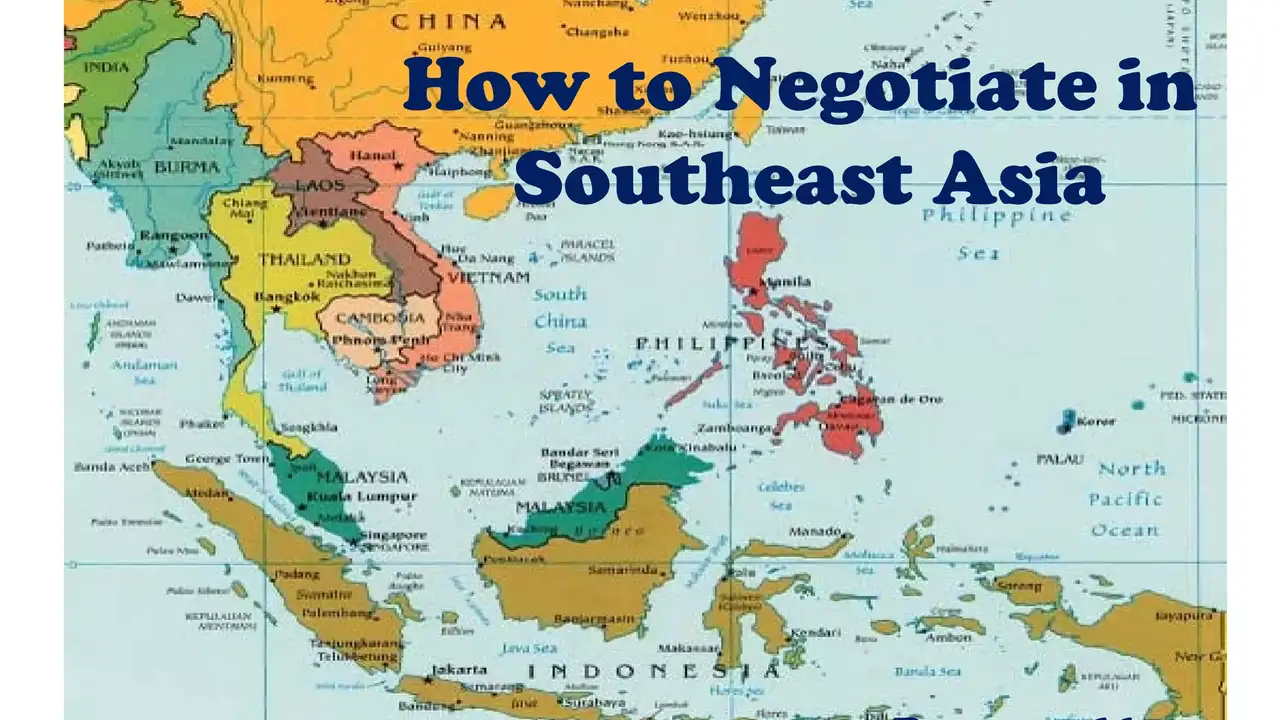Southeast Asia: Airport Transfer Guide

Navigating Southeast Asian Airports: Your Ultimate Transportation Guide
Okay, so you've landed in Southeast Asia! Awesome choice. But now what? Getting from the airport to your hotel or onward destination can be…an adventure. This guide is here to help you navigate the sometimes-chaotic, often-overwhelming world of Southeast Asian airport transfers. We'll cover everything from taxis and ride-hailing apps to public transport and private transfers, giving you the lowdown on prices, safety, and convenience. Let's dive in!
Taxis: The Classic Airport Transfer Option (with Caveats)
Taxis are readily available at most Southeast Asian airports. They're generally easy to find – just follow the signs (usually pictograms) to the taxi stand. However, it's crucial to be aware of potential scams and inflated prices. Always insist on using the meter, or negotiate a fixed price before you get in the cab. Official airport taxis are usually a safer bet than touts offering rides outside the designated taxi area.
Pros: Readily available, often convenient.
Cons: Potential for scams, can be expensive, traffic dependent.
Taxi Tips for Southeast Asia:
- Always ask for the meter: If the driver refuses, find another taxi.
- Negotiate a price beforehand (if no meter): Research typical fares online or ask at your hotel.
- Have small bills ready: Drivers often "don't have change."
- Write down your destination clearly: Language barriers can be tricky.
- Be aware of common scams: Overcharging, taking longer routes, claiming the meter is broken.
Ride-Hailing Apps: Grab and Gojek - Your Southeast Asian Best Friends
Ride-hailing apps like Grab and Gojek are incredibly popular and often the most convenient way to get around in Southeast Asia. They offer transparent pricing, cashless payment options (usually), and are generally safer than hailing a random taxi off the street. Download the apps before you arrive in the country and familiarize yourself with their features.
Pros: Convenient, transparent pricing, cashless payment options, generally safer.
Cons: Requires internet access, can be surge pricing during peak hours, app glitches.
Grab vs. Gojek: Which Ride-Hailing App is Right for You?
Grab and Gojek are the two dominant ride-hailing apps in Southeast Asia. While they offer similar services, there are some key differences. Grab is generally available in more countries and often has a wider range of services, including food delivery and package delivery. Gojek is more focused on Indonesia but offers a wider range of transportation options, including motorcycle taxis (ojeks). Ultimately, the best app for you will depend on your location and your specific needs. It's often worth having both installed!
Grab: Wider geographical coverage, broader range of services.
Gojek: More focused on Indonesia, wider range of transport options (including motorcycle taxis).
Product Recommendation: Portable WiFi Hotspot
Using ride-hailing apps requires a data connection. Consider renting a portable WiFi hotspot, like those from Trawire or similar services. This allows you to avoid roaming charges and ensures you always have a reliable internet connection for booking rides, navigating maps, and staying connected. These devices typically cost around $5-10 per day and can be picked up at the airport or delivered to your hotel. Alternatively, purchasing a local SIM card is another excellent option, often cheaper for longer stays.
Public Transportation: Budget-Friendly Airport Transfer Options
Many Southeast Asian cities have excellent public transportation systems that offer a much cheaper alternative to taxis and ride-hailing apps. This can include airport trains, buses, and even ferries. However, public transport can be crowded, confusing, and time-consuming, especially if you have a lot of luggage. Do your research beforehand to see if public transport is a viable option for your destination.
Pros: Affordable, often efficient.
Cons: Can be crowded, confusing, time-consuming, not suitable for large luggage.
Examples of Public Transportation Airport Transfers:
- Bangkok Airport Rail Link: Connects Suvarnabhumi Airport to the city center.
- Singapore MRT: Changi Airport is directly connected to the MRT network.
- Kuala Lumpur KLIA Ekspres: A fast train connecting Kuala Lumpur International Airport to KL Sentral station.
Private Airport Transfers: The Stress-Free Option
If you're looking for a hassle-free airport transfer experience, consider booking a private transfer. This involves pre-booking a car and driver to meet you at the airport and take you directly to your destination. Private transfers are more expensive than taxis or public transport, but they offer a higher level of comfort, convenience, and reliability. They're particularly useful if you're traveling with a group, have a lot of luggage, or simply want to avoid the stress of navigating public transport.
Pros: Comfortable, convenient, reliable, stress-free.
Cons: More expensive.
Product Recommendation: Airport Transfer Booking Platforms
Consider using platforms like GetYourGuide or Klook to book private airport transfers. These platforms offer a wide range of options, allowing you to compare prices, read reviews, and book in advance. These platforms typically handle the logistics and provide customer support, making the process seamless. Prices typically range from $30 to $100 depending on the distance and vehicle type.
Motorcycle Taxis (Ojek): For the Adventurous and Budget-Conscious (Use with Caution!)
In some Southeast Asian cities, particularly in Indonesia, motorcycle taxis (ojeks) are a popular and affordable way to get around. They're incredibly convenient for navigating traffic congestion and can be significantly cheaper than taxis. However, they're also the least safe option. Always wear a helmet (if provided) and be aware of the risks involved.
Pros: Affordable, convenient for navigating traffic.
Cons: Least safe option, limited luggage capacity.
Safety Tips for Using Motorcycle Taxis:
- Always wear a helmet: If the driver doesn't offer one, find another ride.
- Agree on a price beforehand: Negotiate the fare before you hop on.
- Hold on tight: Be prepared for sudden stops and turns.
- Be aware of your surroundings: Watch out for other vehicles and pedestrians.
Pre-Paid SIM Cards: Stay Connected and Save Money
Instead of relying solely on airport WiFi (which can be unreliable) or incurring roaming charges, consider purchasing a pre-paid SIM card upon arrival. This will give you access to local data and allow you to use ride-hailing apps, navigate maps, and stay connected with friends and family. SIM cards are readily available at most airports and convenience stores.
Pros: Affordable data access, convenient for using ride-hailing apps and maps.
Cons: Requires unlocking your phone (in some cases), can be confusing to set up.
Product Recommendation: Local SIM Card Brands
Research local SIM card providers in the country you are visiting. In Thailand, AIS, DTAC, and TrueMove H are popular choices. In Indonesia, Telkomsel and Indosat Ooredoo are common. Prices are very competitive, and you can often find packages with ample data for a reasonable price (e.g., $10-20 for a month of data). Consider purchasing a SIM card with a tourist package, as these often offer additional benefits like international calling credit.
Airport Lounges: A Touch of Luxury (If You Have Access)
If you have a long layover or simply want to escape the hustle and bustle of the airport, consider spending some time in an airport lounge. Many airports in Southeast Asia have excellent lounges offering comfortable seating, complimentary food and drinks, and even showers. Access to airport lounges is typically granted to business class or first class passengers, frequent flyers, or members of certain credit card programs. You can also often purchase day passes to access lounges.
Pros: Comfortable, quiet, complimentary food and drinks.
Cons: Can be expensive, access may be limited.
Product Recommendation: Priority Pass Membership
If you travel frequently, consider investing in a Priority Pass membership. This membership grants you access to a network of over 1300 airport lounges worldwide, regardless of the airline you are flying or the class of service. Membership costs vary depending on the level of access you require, but it can be a worthwhile investment for frequent travelers. The standard membership starts around $99 per year, but lounge visits incur an additional fee.
Currency Exchange: Get Local Currency for Tipping and Small Purchases
While credit cards are widely accepted in many tourist areas in Southeast Asia, it's always a good idea to have some local currency on hand for tipping, small purchases, and transportation options that may not accept cards. You can exchange currency at the airport, but the exchange rates are often less favorable than at banks or money changers in the city center. Consider exchanging a small amount of currency at the airport to get you started, and then exchanging the rest in the city.
Pros: Necessary for tipping and small purchases.
Cons: Airport exchange rates are often less favorable.
Currency Exchange Tips:
- Compare exchange rates: Shop around for the best rates before exchanging your money.
- Avoid airport exchange booths: They typically offer the worst rates.
- Use reputable money changers: Look for established businesses with clear signage.
- Be aware of commission fees: Ask about any fees before exchanging your money.
Specific Airport Examples:
Let's look at a few specific airport examples to illustrate these points:
Suvarnabhumi Airport (BKK), Bangkok, Thailand:
Transportation Options: Airport Rail Link, taxis, ride-hailing apps (Grab), airport buses, private transfers.
Tips: The Airport Rail Link is a fast and affordable way to get to the city center. Be wary of taxi touts outside the official taxi stand. Grab is a convenient option, but surge pricing can be an issue during peak hours.
Changi Airport (SIN), Singapore:
Transportation Options: MRT, taxis, ride-hailing apps (Grab), airport buses, private transfers.
Tips: Changi Airport is directly connected to the MRT network, making it easy and affordable to reach the city center. Taxis are readily available and generally reliable. Grab is also a popular option.
Soekarno-Hatta International Airport (CGK), Jakarta, Indonesia:
Transportation Options: Airport train, taxis, ride-hailing apps (Grab and Gojek), airport buses, private transfers.
Tips: The airport train is a fast way to get to the city center, avoiding Jakarta's notorious traffic. Be prepared for long queues at the taxi stand. Grab and Gojek are widely used and often the most convenient options. Consider using Gojek for motorcycle taxis (ojeks) if you're feeling adventurous.
Final Thoughts
Navigating airport transfers in Southeast Asia doesn't have to be stressful. By doing your research, being aware of potential scams, and choosing the right transportation option for your needs, you can ensure a smooth and enjoyable start to your trip. Remember to download necessary apps beforehand, have some local currency on hand, and always prioritize safety.
:max_bytes(150000):strip_icc()/277019-baked-pork-chops-with-cream-of-mushroom-soup-DDMFS-beauty-4x3-BG-7505-5762b731cf30447d9cbbbbbf387beafa.jpg)






